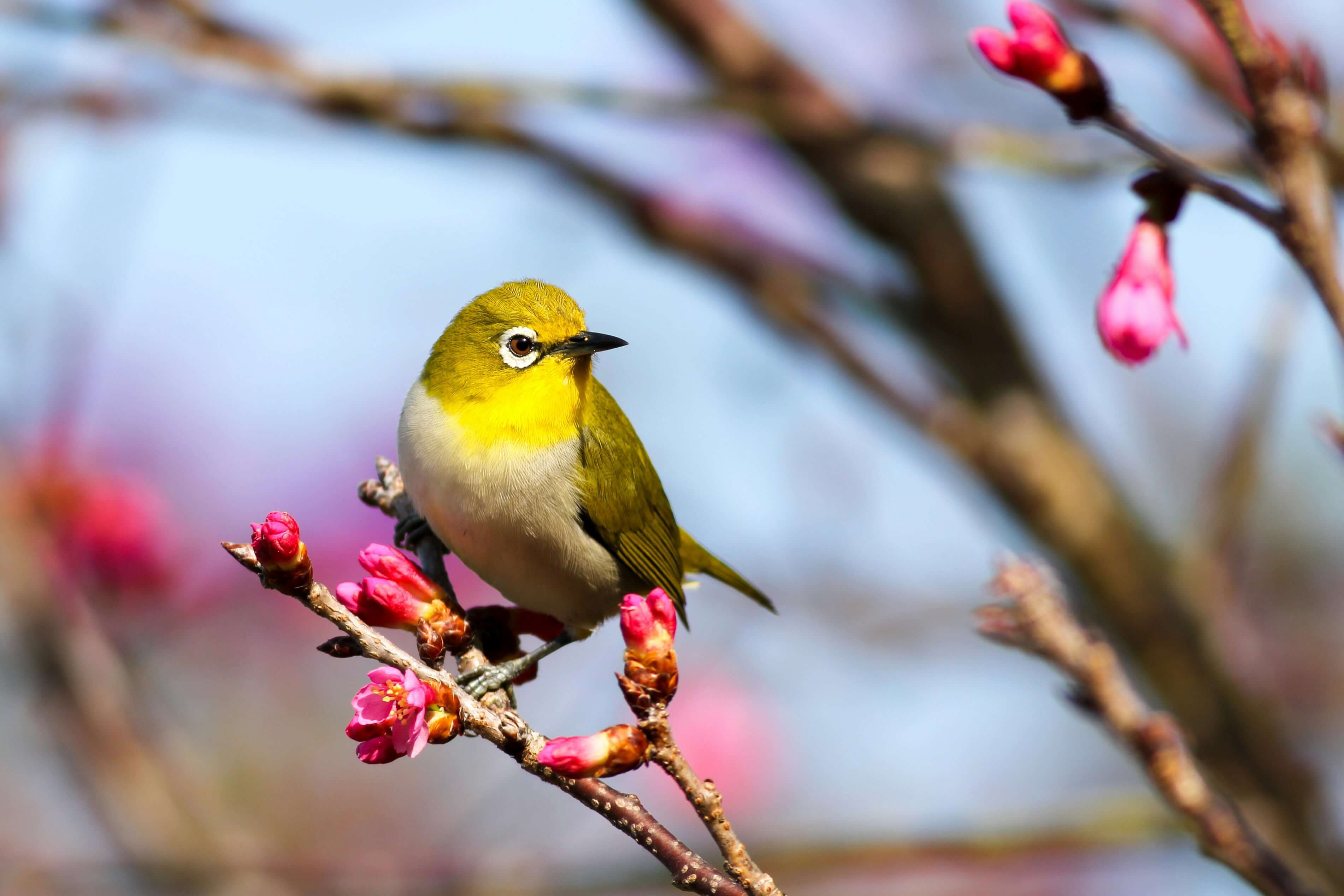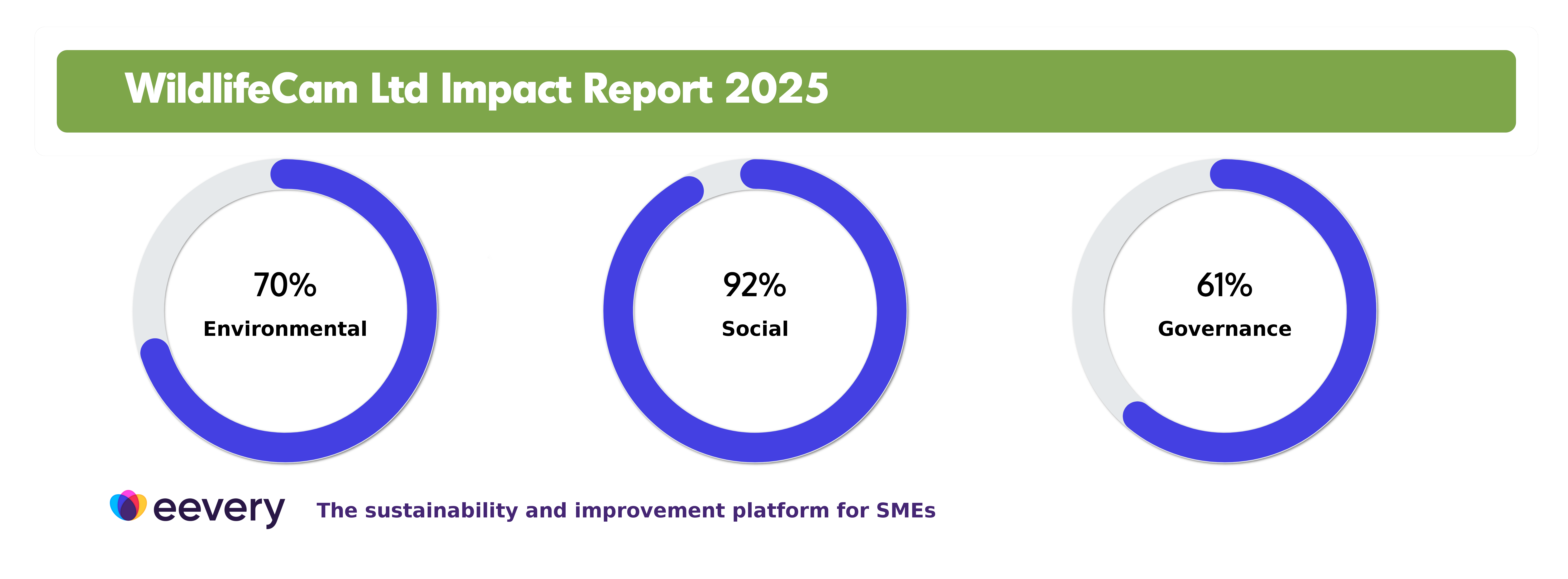May 10, 2024 / in Wildlife

Getting into birdwatching usually starts with “bird-noticing” first. Birds are always around, whether you see them or not. And once you notice different birds, you start to wonder: who are you? You might guess at their names if they’re common enough. You might hope to see rare birds and know them as well. These are the first stages of becoming a birdwatcher, though you may not feel qualified yet. Here are some tips for birdwatching beginners to help you on your way.
Possibly the most essential tool for birdwatching, a good birding book will help you learn the names of the birds you see.
These books show pictures of the birds, their habitats and distribution, information about their diet and behaviours, migratory patterns and more. They also help you discern between seasonal and maturing variations in feather patterns, beak shapes and sizes.

Look for a book from a reputable source, such as the RSPB or the Field Studies Council.
A pocket-sized bird book is useful as you can take it with you on expeditions.
Choose a book designed for your region. There’s not much point going through Scotland with a book on Caribbean birds. There are often books on Garden birds, woodland birds and wetland birds, depending on your specific interests.
You might also choose a tough, waterproof field guide, which is useful for quick reference in wet conditions. These are available from the Field Studies Council.
As well as books, you can download helpful Bird ID Apps that are quick and easy to use. From the Cornell Lab of Ornithology, Merlin Bird ID offers multiple ways of identifying birds, using machine learning to offer suggestions with 90% accuracy. Identify birds in three ways:
Sound ID takes a recording of birdsong and analyses the spectrogram to match it against a database entry. The app gives you a short list of birds which may match and recordings to listen to and compare.
Bird ID Wizard takes you through 3 simple questions to narrow down the species you can see by size, colouring and behaviour.
Photo ID uses machine learning and computer vision to analyse your photos of birds and offer a short list of possible matches.
This incredible app supports birdwatchers in almost every region worldwide, offering reliable bird identification wherever you are. You can also save birds to lists hosted in the app, building a digital scrapbook to look back on.

Birds are very sensitive to sound and most are prone to hide from predators. If you are birdwatching in a group, talking loudly and trampling through the undergrowth, you are unlikely to see many birds, particularly rare species. Walk gently and speak softly to avoid scaring away any birds.
On your first time birdwatching, you’re unlikely to need a hide. This is a camouflaged shelter used by birders to stay hidden from birds. However, you might benefit from wearing dark green or grey clothes and avoiding bright colours. This would help keep you hidden from birds even while moving around.
Keep listening out for birdsong and different calls. Once you tune in and start hearing the differences between bird calls, you’ll be able to discern when you hear something new. Listen closely. When you hear a bird that sounds different, you can look for it.
Then, when you think you have the direction, listen again. Birds repeat their calls, and you can hone in on the tree and the part of the tree a particular bird may be in by listening.
Birds have routines just like humans, but these differ greatly among species. There’s never a bad time for birdwatching, but it’s worth planning around the time of year and bird behaviours.
In general, early morning is a promising time for a fruitful first-time birdwatching expedition. Many birds are most active at dawn, finding food and singing to one another. This is especially true for songbirds such as blackbirds, thrushes or robins.

For birds of prey, midmorning is the ideal time. This is because the heat of the day warms the ground, creating the thermal air currents that these birds use to fly long distances.
Many migrating birds are most active at dusk, so to see swallows and swifts, go out in the late afternoon and wait for the sun to set. This is also a good time to see owls.
As with the time of day, there is always something to see in the bird world, but it will be different depending on the time of year.
Spring brings the arrival of migrating birds from the south. As many insects are waking up in the warmer weather, this is a very active time for many bird species. Spring is the time of peak birdsong, and if you are lucky, you might see courtship and nesting behaviour.
Through the summer months, we’ll see parents feeding their growing chicks, as well as fledglings venturing out for early flights. Look for cuckoos before June, and spotted flycatchers before they migrate away in August (although passage migrants may be seen in September). In coastal areas, you might also see ospreys and terns before late September.
When the nights begin to draw in, migrating birds gather before they leave. Look out for swallows, which are usually gone by the end of November, house martins, yellow wagtails, tree pipits, and sandpipers, to name a few.
A full list of migrating bird departure dates is a useful resource for interested birdwatchers.
As our summer visitors leave, we have winter visiting species, who begin arriving in September. The first to arrive are geese and waders such as Dunlin and Knot, as well as Jack Snipes and Redwings.
Resident birds such as Merlins and Hen Harriers are worth looking out for in winter, as they are more common in lowland areas at this time of year.
The early sunsets are perfect for witnessing starling murmurations and roosting behaviours.
Winter also brings a lot of activity to garden feeding stations as food becomes scarce.

Most birds are small, so it’s much easier to see them in detail when you use something to magnify them. Binoculars are a popular choice for beginners, although many birders use spotting scopes as well. It’s worth having high-quality equipment that is durable and reliable.
If your binoculars have a narrow field of view (FOV), it can be difficult to find what you’re looking for, especially in woodland or environments where the background is similar-looking Choose optics with a FOV over 4o / 69m at 1000m. This will help when you raise your binoculars, or scope, when you spot a bird, as you’re more likely to be accurate. Then you can zoom in and get a closer look.
We recommend the Minox X-Lite 8x42 Binoculars for Beginner Birdwatchers because they are lightweight, easy to manage and still provide a detailed, clear image at full (8x) magnification.
8x magnification is usually plenty for a first-time birdwatcher, particularly for handheld binoculars. Any movement of the hand is magnified by the same factor as the image, so the view through high-powered binoculars can be shaky and difficult to control. Many people find 8x magnification the easiest to manage without losing detail.
However, if you’re viewing birds over long distances, a more powerful magnification is a huge benefit. For higher magnifications than 10x, we recommend using a tripod or sturdy surface to steady the image.
For Birdwatching in the Garden: 6-8x is plenty, as you are unlikely to be looking more than 10-15m away.
Coastal/Wetland Birdwatching: 25x-40x is a good range, as this will give detailed images of objects up to 500m away. It’s also a good idea to have a high-gear focus ring for this environment, so you can switch between close and distant focusing quickly.
For ambitious beginners, a higher magnification can help you identify birds over much greater distances. Spotting scopes tend to have higher magnification and larger lenses, ideal for viewing distant birds. For example: the Maven Spotting Scopes provides variable magnification at an affordable price.
The best thing to help you get into birdwatching is to speak to other birders. There are plenty of Facebook groups and Reddit forums where people share advice and ask questions, but you can also look for local groups in your area. In a lot of places, you can find group birding expeditions to join, which can help build your confidence and encourage you to keep trying.
We hope you enjoy your first steps into birdwatching. Even if you only see a few birds, slowing down to tune into your surroundings and notice what is there is good for body and soul.
Sep 09, 2025 by Lee McMinn
Sep 03, 2025 by Lee McMinn
Subscribe to get information about products and special offers


WildlifeCam Ltd is a credit broker, not a lender, and is authorised and regulated by the Financial Conduct Authority No 997540
We do not charge for credit broking services, we introduce you exclusively to Klarna
Shop and pay the Klarna way - join 150 million customers and choose flexible payments, lightning-fast checkout and secure shopping at WildlifeCam Ltd.
For more information please click here.
